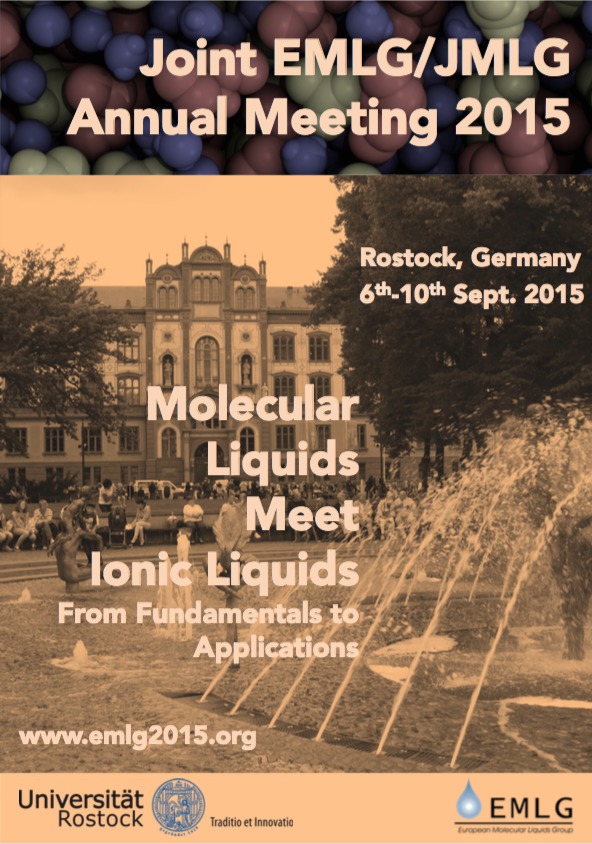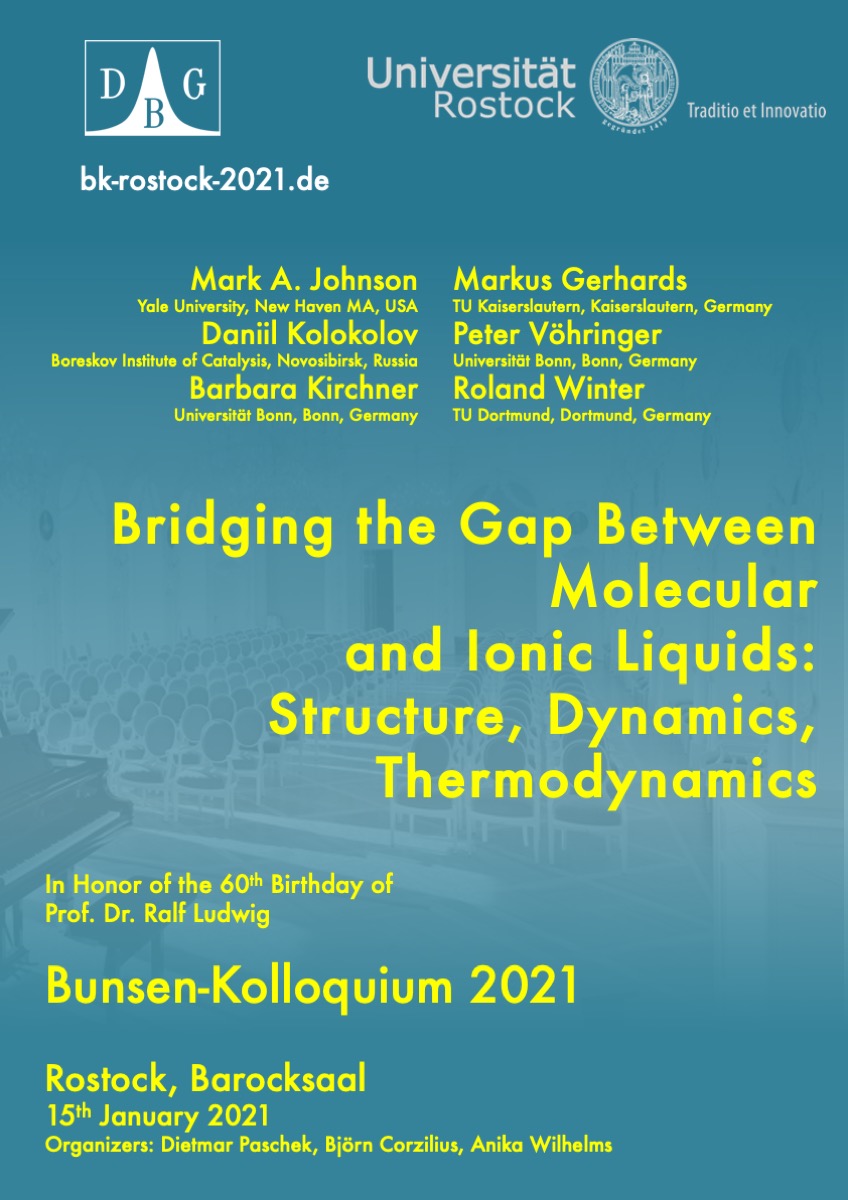3D-StereoLab
A Low-Cost Immersive Stereographic 3D-Projection System for Studying Molecular Structure and Dynamics
- Molecular dynamics computer simulations produce complex four dimensional (space+time) data sets. Being able to visualize the dynamics of three dimensional molecular structures is providing essential insigths and an in-depth understanding of the complex molecular processes. Our installation was inspired by model installations of the GeoWall Consortium and a GeoWall at Angel Garcia's lab at RPI.
-
We are using sterographic projection in our group for the following three reasons:
- The three-dimensional experience: Humans are adapted to a three dimensional world and stereographically projected molecules are experienced as "real" three dimensional objects.
- The immersive experience: The projection on a large screen creates the impression of being surrounded by the molecular environment and to be able to dive into it.
- The group experience: You can analyze molecular processes together with severeal of your colleagues. Four, six, or eigth eyes see definetly more than two.
- We have created our low-cost immersive active stereografic 3D-projection environment using cheap standard off-the-shelf computer hardware components. Active stereo-projection displays separate images for the left and right eye periodically one after the other using only one single projector. A special set of syncronized "active" LCD shutter glasses is required to let pass only the image dedicated for each of the eyes. We have chosen the active projection technique since it is more convenient to handle (one projecor instead of two, no special silver-screen for polarized light is required). Moreover, it is also a cheaper solution for a small audience.
-
The complete installation (including silver screen and glasses) costs less then
3000 Euros. The system components we use are:
- A SuSE Linux-based projection server (2.13 GHz Intel Core2 Duo E6400 with 2 GB memory) with a moderately expensive professional PCI-Express Nvidia Quad-Buffer video card (Nvidia Quadro FX 1900 with 256 MB Memory). We use a ASUS 775 P5B I965P motherboard.
- A standard Hewlett Packard mp35 DLP projector, being able to deliver a 1024x768 resolution at a 85 Hz refresh rate. Other DLP projectors will work as well. LCD-projectors are not suited.
- A set of E5D (Manufacturer: e-dimensional) active stereo LCD shutter glasses. The glasses receive a sync-signal wirelessly via IR-transimission. The sync-signal is taken from the video-output using the E5D Dongle (part of the package) which is driving the IR light emmitting diode.
- A standard-grade silver screen (2.8x1.8 m).
- A wireless mouse and keyboard are used for convenience.
- We use VMD 1.8.6 as visualization software.
- Active stereo projection with the Quadro FX video cards is supported by Nvidias default Linux X11 driver. Our configuration file is available here.
- The permanent installation (projector, silverscreen, wiring) was realized with help of the chemistry department machine-shop.
- The system produces an excellent three dimensional viewing experience. Due to the limiting 85 Hz refresh rate (42.5 Hz per eye) a dark (black) background is useful to reduce the impression of flickering. For this purpose it is helpful to substantially dim the light, which is achieved with an effective room-darkening equipment.

|

|

|
|---|---|---|

|

|

|





